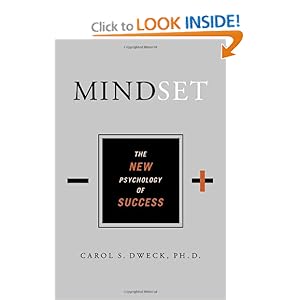Why reading logs? A reading log is simply a tool to keep track of student reading. They can be used in a variety of ways. Students can keep track of reading they've done at home, at school, or both. A variety of information can be kept on the log. Logs can be as simple or comprehensive as preferred.
As I was gathering information about reading logs I noticed several online posts from those who disagree with the use of reading logs. The general feeling is that reading logs take the fun of reading away, or take too long, or they are just put in place to cause parents to sign one more piece of school work. The last thing we want to do is remove the joy of reading!! Teaching the enjoyment of reading is job #1 ! Teachers must present the log and make use of it in such a way that it is not a chore, merely a tool. Keep it simple, and make it fun!
Here's how I think of reading logs. I think they are primarily for the use of the STUDENT not the teacher. I believe in student ownership of school performance and I see a log as a method for students to keep track of how much they are reading! But that's not all. Logs can help students track the variety of genres they are reading, the number of minutes read per day, their reading speed and more. I compare it to a food journal used when I'm dieting. I don't particulary LIKE to write down everything I eat in a day, but it DOES force me to FACE or admit to what I've actually consumed. It can be quite enlightening! I think the reading log can do the same for a young reader, especially if they are working toward a particular reading goal.
I've been in several classrooms that make great use of logs. It takes students just a minute at the MOST to fill in their pages/minutes read. It should not take a significant chunk of time to fill out.
Take a look and see if any of these work for you!
Sample of a 2nd Grade Log
Sample of another 2nd Grade Log
A Kinder Log Sample from Pinterest
A First Grade take-home log in Spanish
A 3rd Grade log in Spanish
The first one is the simplest
This one asks for a bit more information
This log calls for more. It might be most helpful in
the upper grades.
An alternative for upper grades might be items such as these, found
in a 5th grade Reader's Response log:
Just a simple spiral
Written Response By Student to Teacher (full page)
Steps of Reading Response
Very Authentic Reading Log :)




























